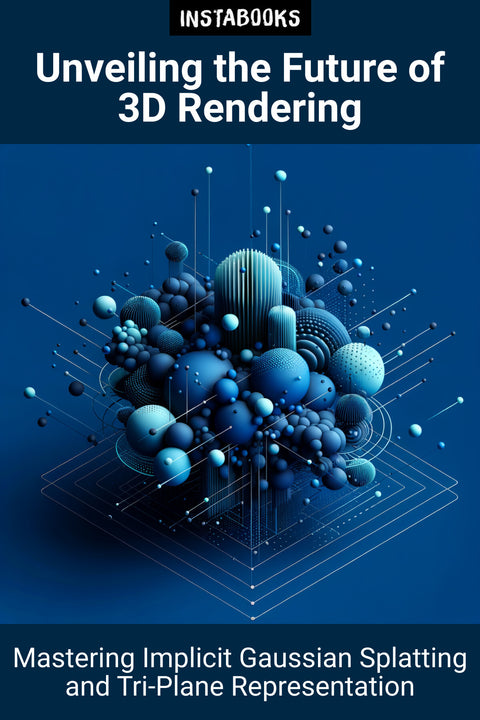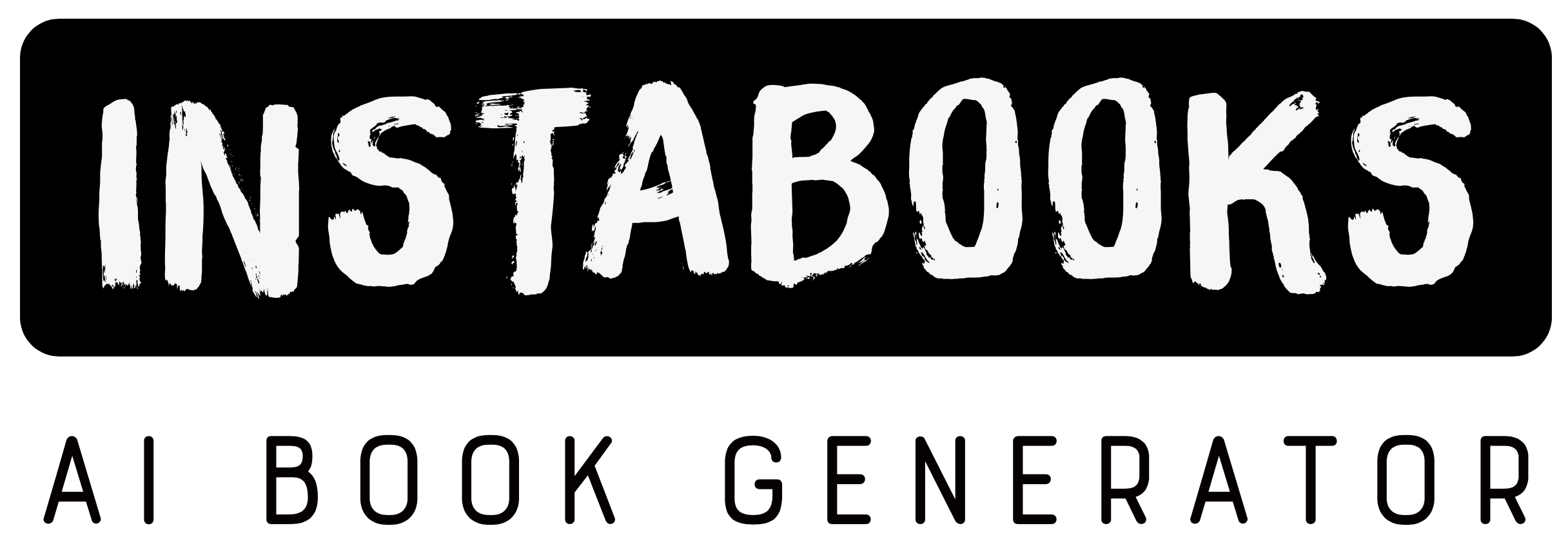
Unveiling the Future of 3D Rendering
Mastering Implicit Gaussian Splatting and Tri-Plane Representation
Included:
✓ 200+ Page AI-Generated Book
✓ ePub eBook File — read on Kindle & Apple Books
✓ PDF Print File (Easy Printing)
✓ Word DOCX File (Easy Editing)
✓ Hi-Res Print-Ready Book Cover (No Logo Watermark)
✓ Full Commercial Use Rights — keep 100% of royalties
✓ Publish under your own Author Name
✓ Sell on Amazon KDP, IngramSpark, Lulu, Blurb & Gumroad to millions of readers worldwide
Introduction
In today's rapidly evolving world of 3D scene representation, the advent of Implicit Gaussian Splatting (IGS) marks a revolutionary approach that combines explicit point clouds with implicit feature embeddings. This book delves deeply into the realm of IGS, highlighting its innovative nature and explaining the multi-level tri-plane architecture that sets it apart. Tailored for enthusiasts and professionals alike, this book provides a comprehensive look at the significant enhancements IGS brings to rendering quality and compactness.
Exploring Key Concepts
At the heart of this exploration are the core concepts such as the hybrid model of IGS and the multi-level tri-plane architecture. These pair explicit point clouds seamlessly with implicit feature embeddings, crafting an unparalleled representation of 3D scenes. Readers will gain insights into the architecture's capability to create a continuous spatial domain, leveraging the intrinsic spatial correlations among Gaussian primitives. This section underscores the extensive research and breakthrough technologies that bolster the subject matter, ensuring that readers receive an up-to-date and accurate understanding of IGS.
Harnessing Spatial Correlations
The seamless integration of spatial correlations is imperative to improving rendering quality and compactness. Through an innovative level-based progressive training scheme and explicit spatial regularization, IGS achieves unprecedented rendering fidelity with efficiency. This book articulates how these correlations are capitalized upon, furnishing readers with practical insights into how this methodology enhances real-world applications. The dependency on thorough research exemplifies the rigor behind every chapter, resonating with readers who seek expertise in the field.
Applications and Advantages
The book explores the unparalleled compactness and efficiency of IGS, making it suitable for real-time rendering, virtual reality (VR)/augmented reality (AR), robotics, and urban mapping. These case studies illustrate how IGS can maintain superior rendering quality while drastically reducing storage needs—a feat crucial for storage-limited scenarios. Readers will uncover the benefits such as high-quality rendering with minimal storage while exploring the vast applications that IGS supports.
Looking Forward: Future Research Insights
Paving the path for future research, the book details potential optimizations for the compression pipeline and its scalability. Insights into integrating IGS with other 3D scene representation techniques offer tantalizing possibilities of overcoming current limitations. This serves as both an inspiration and a pathway for academics, researchers, and innovators aiming to push the boundaries in 3D scene representation technology.
Table of Contents
1. Introduction to 3D Scene Representation- Traditional Methods Overview
- Emergence of Implicit Gaussian Splatting
- Setting the Foundation
2. Key Concepts in Implicit Gaussian Splatting
- The Hybrid Model Explained
- Understanding Feature Embeddings
- Advantages of Tri-Plane Architecture
3. Spatial Correlations and Rendering Quality
- Enhancing Through Spatial Correlations
- The Progressive Training Approach
- Achieving Compactness
4. Compactness and Efficiency in Practice
- Compression Pipeline Innovations
- Case Studies in Various Applications
- Balancing Quality and Storage
5. Applications in Real-Time Rendering and VR/AR
- Real-Time Rendering Techniques
- VR/AR Integration Strategies
- Dynamic Reconstruction
6. Robotics and Urban Mapping
- Storage Limitations Solutions
- Mapping Dynamic Environments
- Future Implications
7. Future Research Directions and Innovations
- Optimizing Compression Pipelines
- Scalability in Complex Scenes
- Integrating with Other Techniques
8. Conclusion: The Future of 3D Scene Representation
- Summarizing Key Insights
- The Role of IGS
- Final Thoughts and Future Prospects
9. Understanding the Multi-Level Tri-Plane Architecture
- Design and Implementation
- Enhanced Spatial Domain Representation
- Maximizing Spatial Correlations
10. Benefits of Hybrid Model in IGS
- Synergy of Explicit and Implicit Models
- Efficient Parameter Storage
- Use Cases and Applications
11. Technical Challenges in IGS Implementation
- Overcoming Render Hurdles
- Navigating Complexity
- Streamlining Processes
12. Envisioning Progress in 3D Scene Technologies
- Technological Advances
- Creative Applicability
- Breakthrough Innovations
Target Audience
This book is tailored for 3D graphics professionals, tech enthusiasts, and researchers interested in cutting-edge rendering technologies and applications.
Key Takeaways
- Comprehensive understanding of Implicit Gaussian Splatting.
- Insights into the multi-level tri-plane architecture and its benefits.
- Exploration of spatial correlations for improved efficiency.
- Details on applications in VR, AR, robotics, and urban mapping.
- Future research directions for 3D scene optimization.
